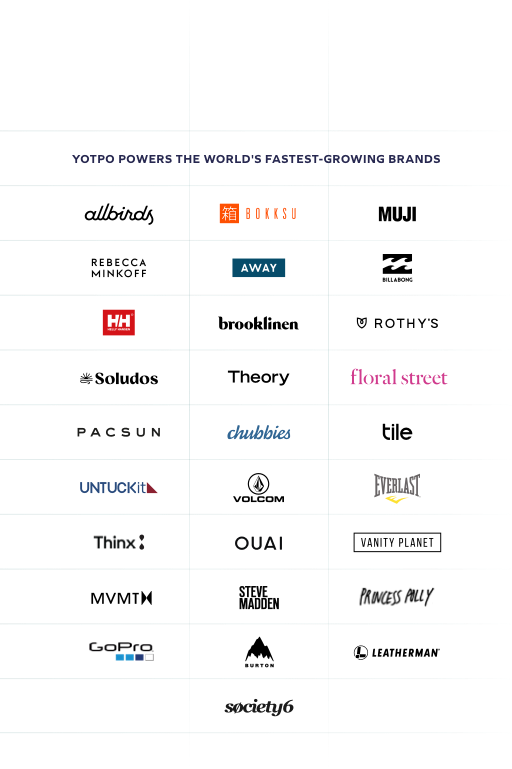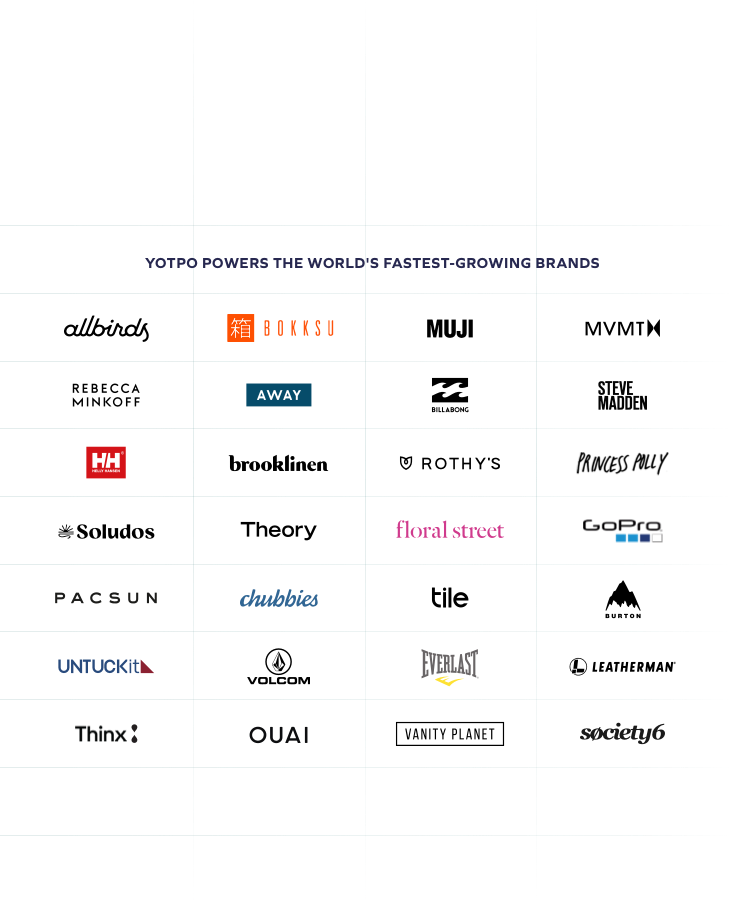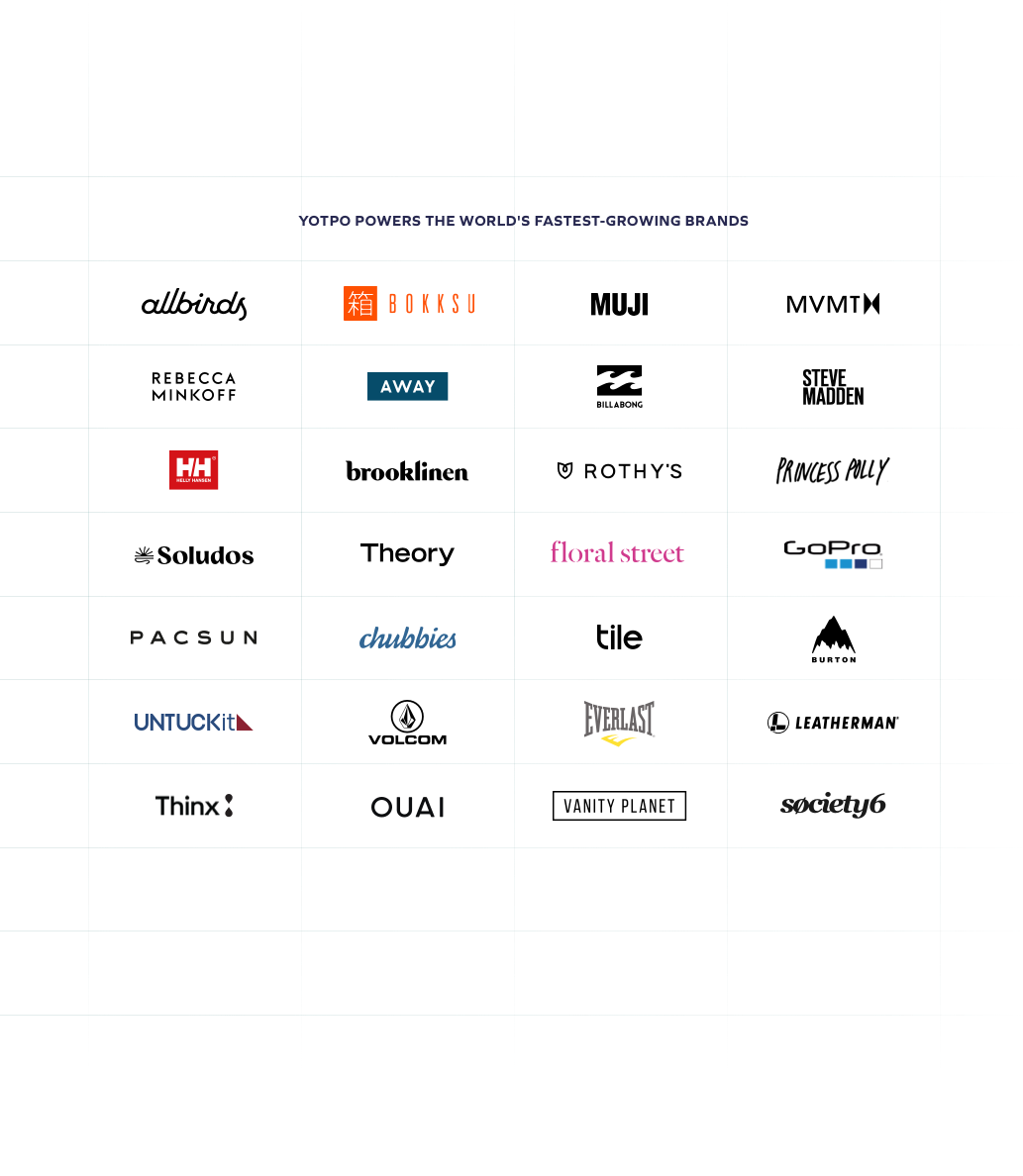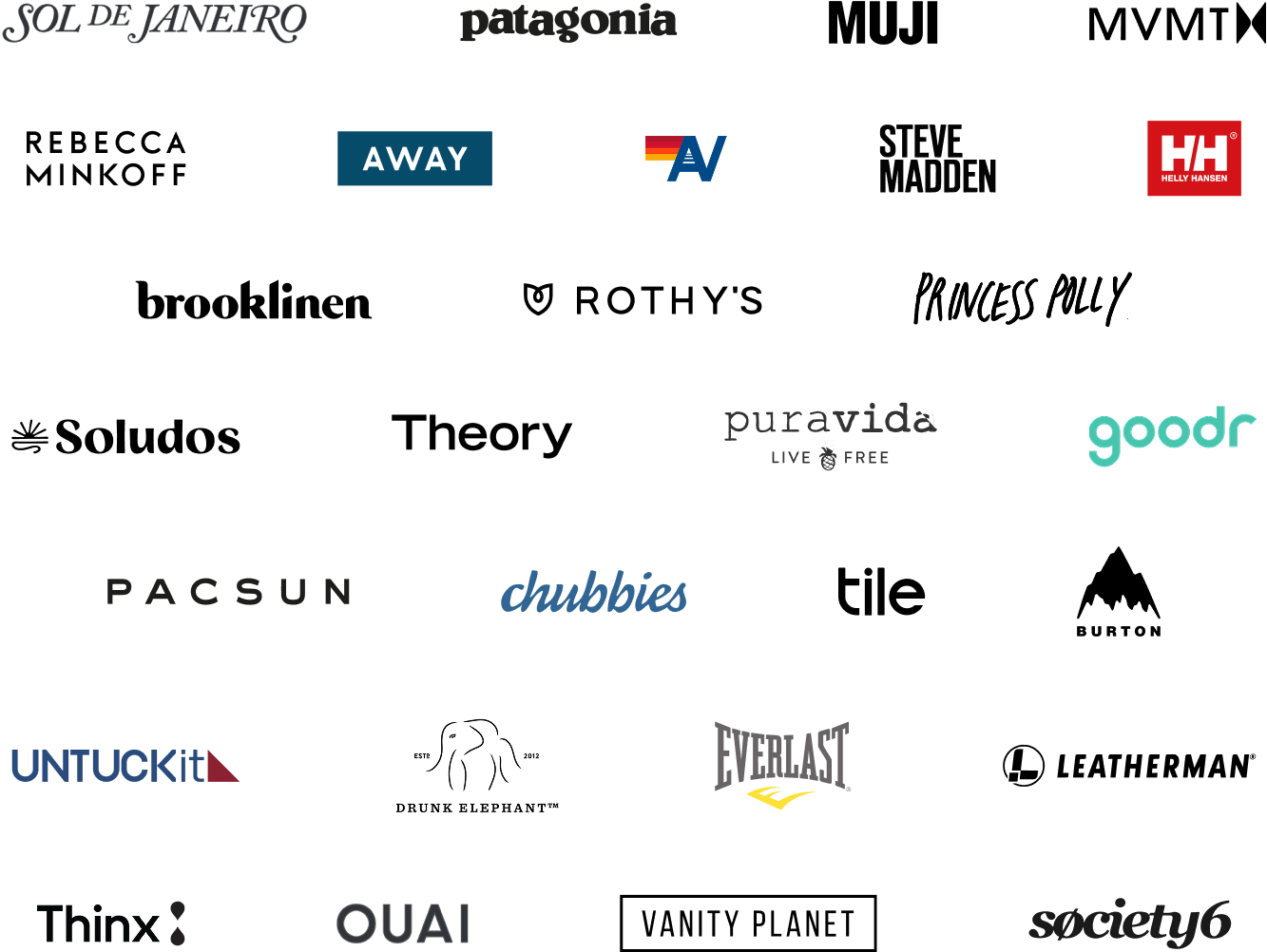NOTE: the following is not to be construed as legal advice. There is much nuance in copyright laws, and you should consult with a lawyer about your marketing campaign to ensure it is in full compliance with all applicable laws.
In the dynamic landscape of online marketing, understanding the legal terrain is crucial for safeguarding your brand’s integrity. Today, we delve into the realms of copyrights and trademarks, shedding light on their significance and providing insights into how these concepts apply to your digital marketing materials. In essence, a successful marketing campaign should focus on creating exciting original content to help differentiate your brand.
Copyrights: Safeguarding Creative Expression
What is Copyrighted Material
Copyright protects original works of artistic expression, including written and digital creations. Most original works of design and authorship such as news articles, marketing copy for products, and website design elements are copyrighted.
Copyright protections ensure that the reproduction, distribution or public display of the original works are approved by the original author. Unlike trademarks, copyright protection apply automatically once the original work is created. When you use our feature to research the use cases of other brands and then differentiate your brand by designing wholly original marketing materials, copyright regulations automatically protect your creation.
What is not Copyrighted material
Local laws may vary but in general, using the material of another does not infringe on copyright protections if 1) the material is a transformative use or 2) the material falls into the “fair use” doctrine.
- Transformative Use: Someone’s copyrighted material can be used freely, if it is used in a “transformative manner.” Transformative uses are those that add something new, with a further purpose or different character, and do not substitute for the original use of the work. For example, using copyrighted photos in a collage of thousands of photos rendered too small to see individual photos is considered to be a transformative use of the original. Collages which use many different materials juxtaposed in ways that create new visuals and meanings will most likely be considered transformative works. Many uses of copyrighted material are NOT transformative, but rather derivative. Remixing a song, translating an article or tracing a photograph are all not transformative uses and copyright protections would apply.
- Fair Use: would allow someone to freely use a copyrighted work for purposes such as criticism, commenting, news reporting, teaching, scholarship, or research. In general, using copyrighted material to promote or sell a product is not fair use. It would be necessary to obtain permission beforehand to use the materials.
Summary and Best Practices
Most original works of authorship are copyrighted, and the fair or transformative use exception apply in certain and specific circumstances. When looking at other brand’s marketing materials, you should use the materials as inspiration to make new, wholly original works of your own, which may be automatically protected by copyright.
Trademarks: Guarding Brand Identity
What is a Trademark
A trademark is a distinctive sign or symbol that identifies and distinguishes the goods or services of one business from those of others. It can include logos, names, slogans, and even unique color combinations. Famous trademarked materials include the McDonald’s golden arches logo, the slogan “Got Milk” and even the specific blue color of jewelry boxes used by Tiffany’s Jewelers.
Common Law vs Registered Trademarks
Trademarks fall into two categories: common law and registered. Trademark protection arises from the actual use of the mark in commerce to identify and distinguish your goods or services. Registration of a mark with the relevant trademark office provides notice to the public that the mark is officially registered and that the owner has exclusive rights to use it in connection with the designated goods or services.
Best Practices
You can draw inspiration from iconic brands by identifying trademarked elements that resonate with the public. Steer clear of creating direct replicas or parodies; instead, focus on capturing the essence that makes a brand unique, and using this essence to create your brand’s very own trademarks. If you have properly registered items like brand logos or slogans, registered trademark protections, which are stronger than common law protections, ensure someone else cannot profit from your creation.
Conclusion
By grasping the fundamentals of trademarks and copyrights, you empower your retail business to navigate the online marketing space confidently. Invest in creating a unique brand identity, and always be mindful of respecting the creative works of others.














 Join a free demo, personalized to fit your needs
Join a free demo, personalized to fit your needs